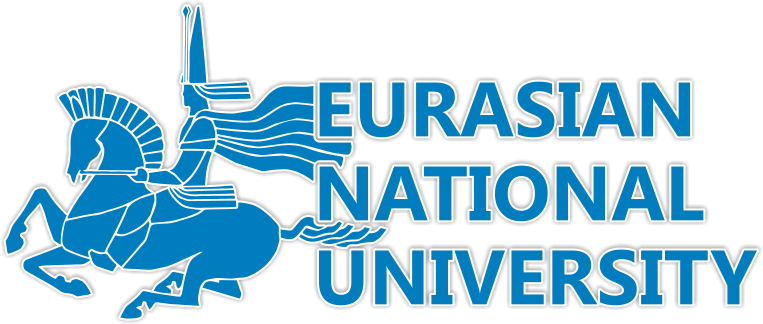The faculty was established in 2009, marking the beginning of the independent development of system science education in the country. During its existence, it has become one of the dynamically and steadily developing faculties of our university.
Activities in the field of natural science training and research work of the faculty, development plan, structure of recruitment and graduation, staff and material base are being developed and modified in accordance with the objectives of the society.
The faculty formed mainly scientific and educational personnel in the field of chemistry, geography, biotechnology.
According to the vision of the university, the transition to a research center has become a serious challenge for the faculty, requiring it to radically update the content of university education in the field of natural sciences. The introduction of a modular educational program made it necessary to master dozens of new disciplines and update traditional ones, required to change curricula, solve the problem of textbooks, strengthen the practical orientation of graduate training.
To ensure the teaching of new disciplines and the introduction of specialization in biomedical areas, the faculty reorganized and created new departments: "Biotechnology and Microbiology" and "General Biology and Genomics".
Today the faculty is represented by the following departments:
- Department of Biotechnology and Microbiology
- Department of General Biology and Genomics
- Department of Physical and Economic Geography
- Department of Chemistry
- Department of Management and Engineering in the field of environmental protection.
Along with the task of updating the content, it was necessary to solve the problem of structuring a sharply increased amount of knowledge that needed to be transferred to new specialties in the natural sciences (more than 400 disciplines and courses).
Thus, the faculty has grown numerically (about 2.5 times) over the last 3 years and has changed qualitatively, updating the content and structure (switching to a 3-tier system) of university education. To the qualitative changes, we should also add the current change in the organization of the educational process (training technology), which consists in shifting the center of gravity of learning to independent work and in the active use of information technology. To this it should be added that the faculty expanded the teaching and laboratory base of the classrooms at the expense of the teaching and laboratory building, thereby obtaining a modern and adequate material and technical base.
Taken together, the 4 elements of renewal (content, structure, technology, material base) form the totality of the modernization of faculty education carried out in the interests of the University and the country as a whole as a response to the challenge of market transformations in society.
Going out on such a development trajectory, the faculty created the prerequisites for preserving and in the future leading positions in the specialties of the natural-technical direction, high-quality training and international recognition of graduate diplomas.
